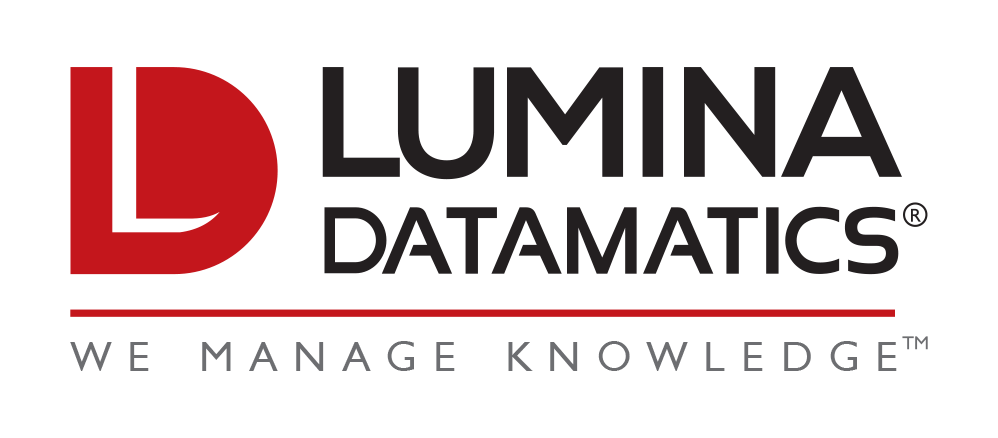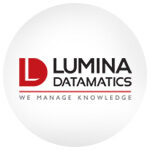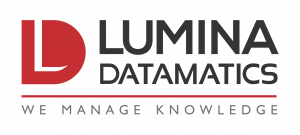Change is coming to Europe in the shape of the European Accessibility Act. It is a directive that was passed in June 2019, which introduced sweeping changes in the approach to products and services for persons with disabilities.
The aim of this directive is to ensure that every product or service offered in the European Union has accessibility features that cater to a largely underserved portion of the population. It is estimated that almost 80-135 million people in the EU have some form of disability. The lack of accessible products and services can be an impediment to their becoming an integral part of society and finding the means to sustain independent living.
The new directive covers computers, smartphones, ATMs, ticketing machines, websites, e-commerce, telecommunication devices, transport services, e-books, and banking services, amongst others. It has the goal of building an inclusive society and removing any fragmentation in the common EU market. The guidelines for this directive are to be released in June 2022 and will come into effect by June 2025.
Publishers must take heed of this new directive and adjust their approach accordingly, as it has far-reaching consequences on the entire publishing supply chain. Here are some challenges that publishers may face as the situation develops:
- Enforceable – Publishers already incorporate accessibility features into their publications, but often choose to exclude certain elements. This could be due to cost or time considerations. The directive puts an end to this, as consumers have provisions to take action before courts or competent bodies. Non-compliance penalties can also be applied to international publishers.
- Metadata – The directive includes reporting and disclosure obligations, giving consumers the relevant accessibility specifications before they make their purchase. This shines a light on metadata, which in turn will have a bearing on the formats used. For example, PDF has limitations on the metadata it can handle. Although ONIX and Schema.org are used, the guidelines will further clarify the exact metadata that will be required.
- Training and capacity building – Some international publishers might not have the capacity and internal expertise to handle this transition to born-accessible assets. Capacity building, training, and digital technology tools to handle accessibility requirements will become a factor going forward.
- Supply chain – Many parts of the publishing supply chain are unaware of their role and responsibilities when it comes to accessible content. The European Accessibility Act applies to every stakeholder in the supply chain, who can be held liable for introducing non-compliant products into the market. Distributors and importers must verify that the accessibility features are in accordance with the directive.
- Conflict amongst regulations – Most requirements of the directive are satisfied by EPUB and WCAG guidelines. However, there is always a potential for some form of discrepancy once the regulations are introduced. If there is any divergence, there is a possibility of teething issues as publishers shift to the new requirements. This might be significant if there is a need to shift from existing structures and internal systems.
- Content complexity – Mandatory accessibility standards can pose a problem as the content complexity increases. This is especially relevant for scientific journals and educational books. Annotations, cross-referencing, navigation, and scientific data can pose additional requirements to conform with the directive.
- Smaller Publishers – Larger publishers have already started migrating to accessible content, but the directive might be a strain on the resources available to smaller publishers. It has the potential to increase the time required to be compliant, although there are certain exceptions for SMEs.
- Costing – The goal of the directive is to not place a ‘disproportionate burden’ on the publisher, but there is potential for the cost to increase as companies adapt. The guidelines and requirements might also vary for different products, such as web pages and for offline products. It can push companies to adopt automated tools and reduce manual intervention.
- Reduced quality – Providing all the functional accessibility requirements, as stated in the directive, has the potential to reduce the quality of the features offered. Having alt-text might become more important than the quality of the alt-text. It will be imperative for publishers to keep an eye on the content standards, along with the accessibility features.
- Born Accessible – It all starts at the content production stage. The intention of the European Accessibility Act is to force publishers to create born accessible content, which might require authors to get involved in the process. There might even be a need to create a set of internal guidelines that can help in the production of the content.
Although there are various potential challenges that publishers might face in the short term, this directive has the scope of creating vast business opportunities. It opens up an untapped market and allows for consistent features across borders. However, going beyond that, it creates digital inclusion for persons with disabilities and the elderly.
Sources





0 Comments